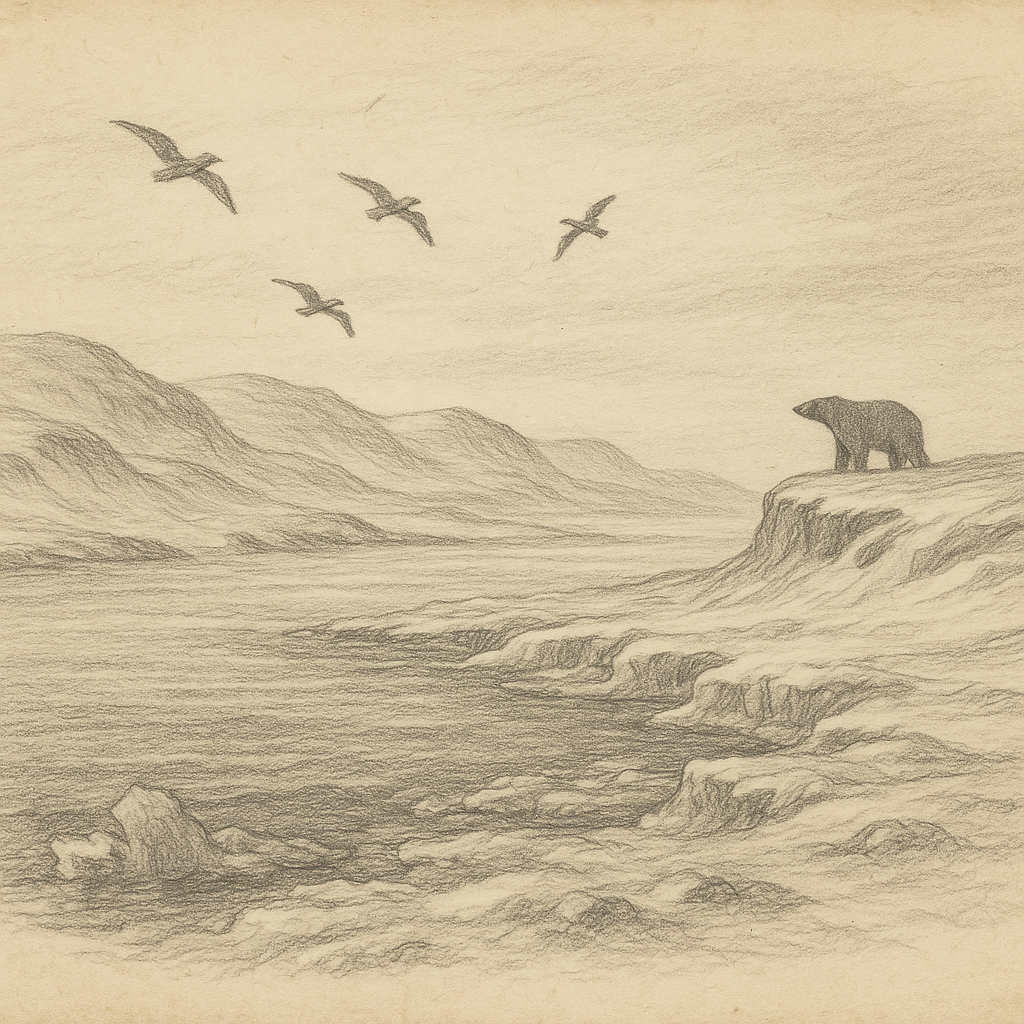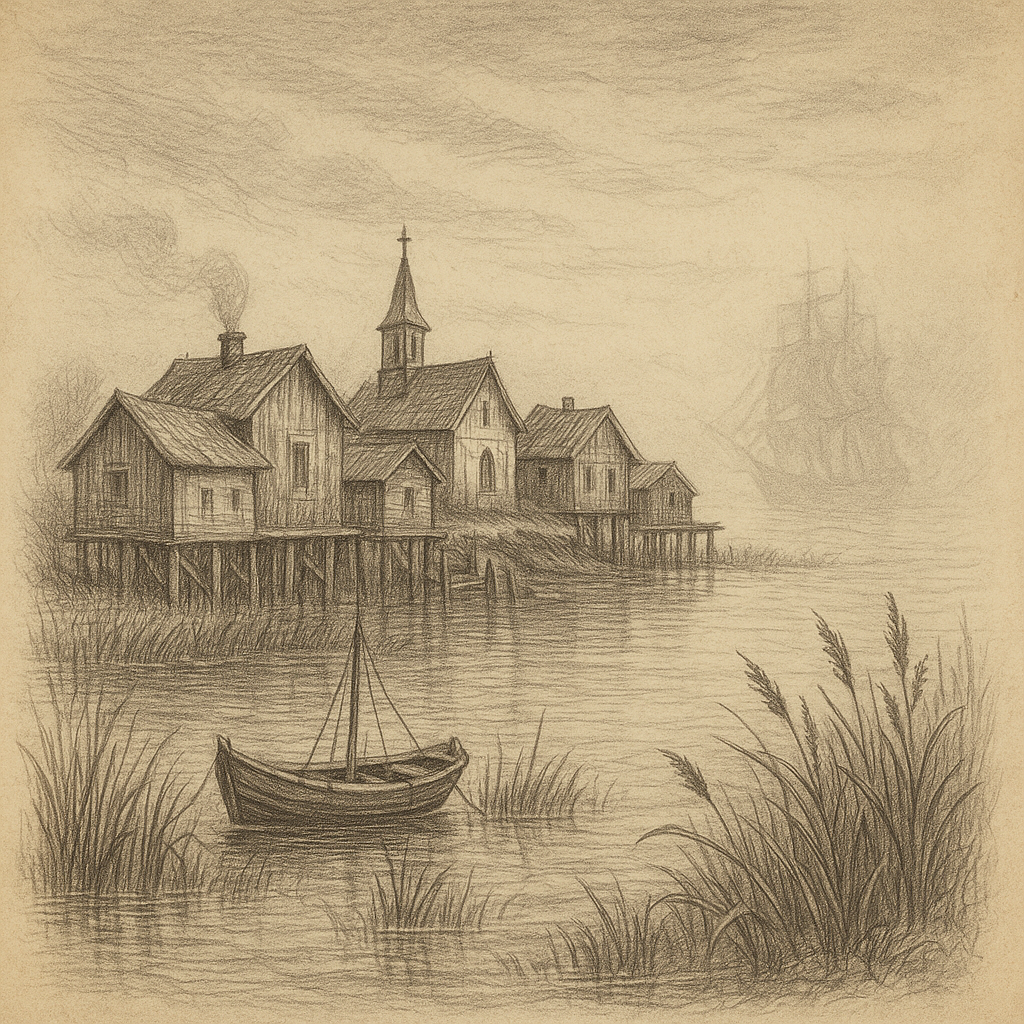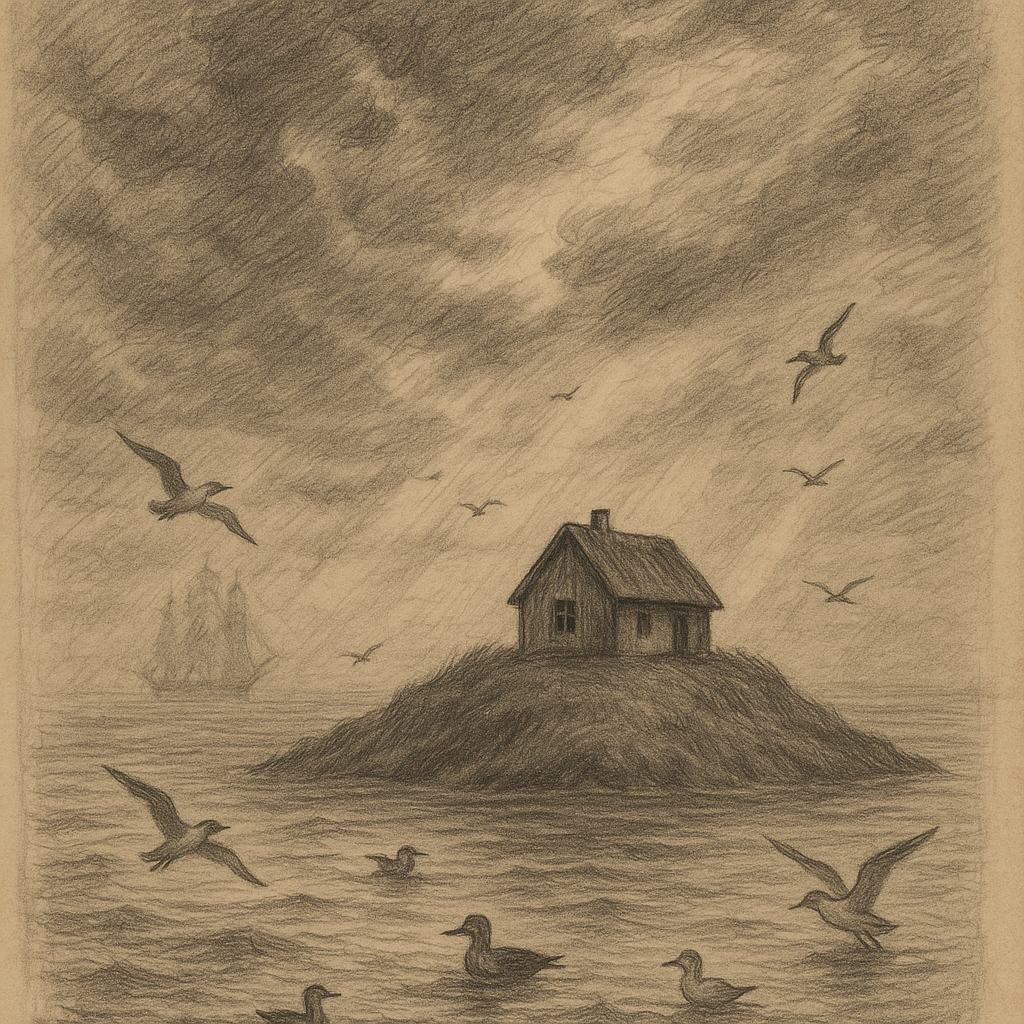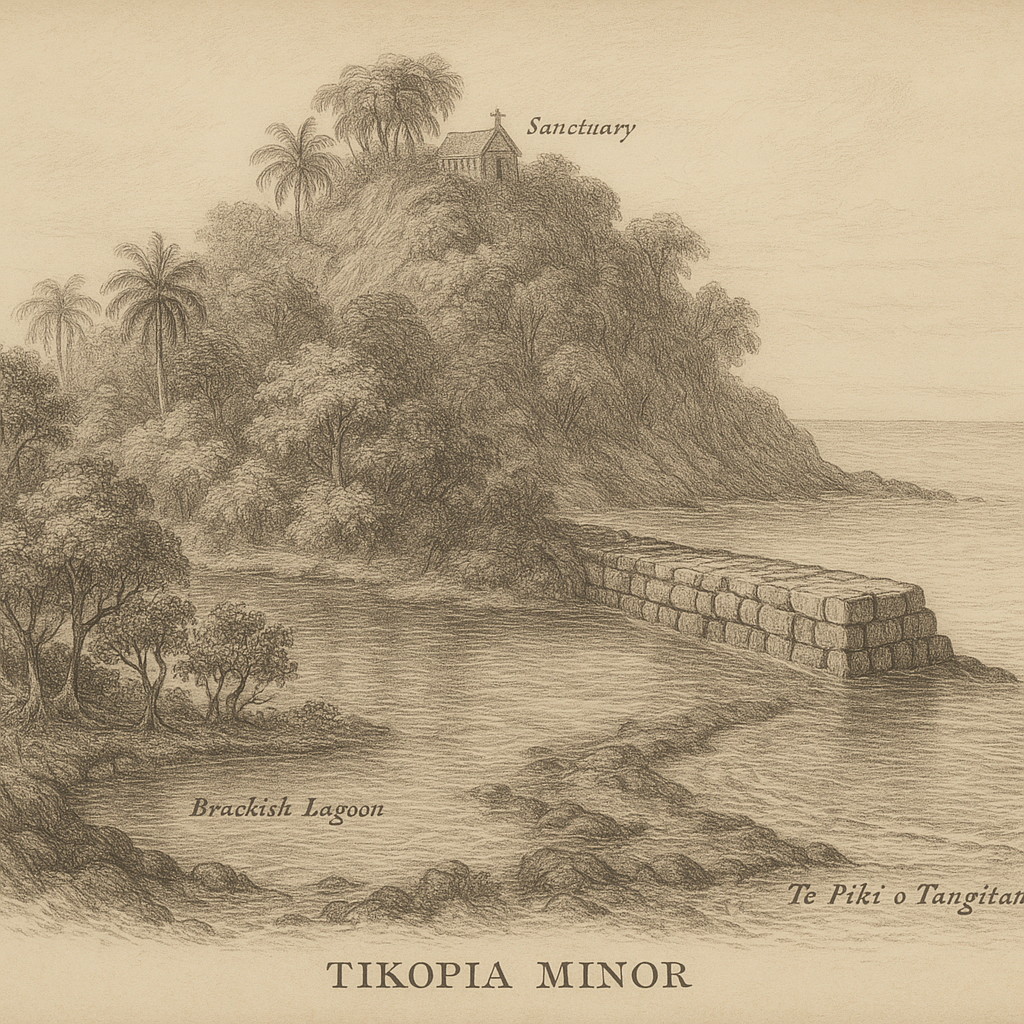Amund Ringnes Island: Arctic Wilderness at the Edge of the World
Amund Ringnes Island is a remote and seldom-visited island located in the Canadian Arctic Archipelago. Part of the Sverdrup Islands within Nunavut, it lies in the Qikiqtaaluk Region and represents one of the northernmost landforms in the world. Discovered in the early 20th century, this uninhabited island is named after Amund Ringnes, a Norwegian brewer who sponsored Arctic expeditions. With its stark beauty and inhospitable climate, the island remains a fascinating but little-known piece of the High Arctic.
Geographical Overview
Amund Ringnes Island lies between 78° and 80° north latitude and approximately 95° west longitude. Encompassing a landmass of around 5,255 square kilometers (2,028 square miles), it is the 111th largest island in the world. The island is flanked by several prominent Arctic features—Axel Heiberg Island lies to the east, while Ellef Ringnes Island, its twin in name and proximity, sits to the west.
The island’s geography is characterized by rolling tundra, ice-sculpted ridges, and permafrost. No part of the island rises significantly above sea level, and most of the terrain is low-lying, wind-swept, and covered by snow and ice for most of the year. The coastline is rugged and irregular, with fjords and inlets carved by millennia of glaciation.
Climate and Environment
As part of the High Arctic, Amund Ringnes Island endures a polar desert climate. Winters are long and extremely cold, with temperatures regularly falling below -40°C. Summers are short and cool, with average highs rarely exceeding 5°C. Precipitation is very low throughout the year, mostly falling as snow.
Despite the harsh conditions, the island supports a sparse but resilient ecosystem. Arctic mosses, lichens, and microalgae can survive in sheltered areas. During the brief summer thaw, migratory birds such as Arctic terns, snow buntings, and various gulls nest in the relative safety of the tundra. Larger mammals, including polar bears and Arctic foxes, occasionally traverse the island, especially the coastal regions. Marine life in the surrounding waters includes seals, walruses, and narwhals.
Human History and Exploration
Although indigenous Inuit populations are known to have traveled through the region, there is no permanent settlement on Amund Ringnes Island. The island’s modern history began with European exploration during the early 20th century. It was charted in 1900 by Norwegian explorer Otto Sverdrup during one of his Arctic voyages aboard the ship Fram. Sverdrup named the island after Amund Ringnes, one of his expedition’s primary financiers.
From a sovereignty standpoint, Norway originally claimed the island, but Canada later asserted control over it, incorporating it into the Northwest Territories and, later, Nunavut after its formation in 1999. Today, the island is managed as part of Qikiqtaaluk Region, though it remains unlived and largely untouched.
Scientific Significance
Amund Ringnes Island has attracted occasional scientific interest due to its extreme latitude and tundra ecosystem. Researchers have conducted geological and climatological surveys to better understand permafrost dynamics, glacial history, and Arctic climate change. Its undisturbed environment offers a baseline for studying the effects of global warming in polar regions.
The island’s landscape also includes valuable stratigraphic sections that reveal sedimentary layers from various geological periods, including the Mesozoic and Cenozoic. Paleontologists and geologists have found fossils and lithological evidence that contribute to the understanding of Earth’s deep history.
Interesting Facts
Despite its isolation, Amund Ringnes Island features several points of interest:
– The island was once the site of a temporary weather station established by the Canadian government during the Cold War for strategic Arctic monitoring. However, it was dismantled and abandoned decades ago.
– Amund Ringnes Island is one of a small number of large Arctic islands that have never supported continuous human habitation due to its environmental extremity.
– The island is within the migratory pathway of various Arctic seabirds, making it an unofficial sanctuary during the brief breeding season.
– Recent satellite imagery has shown that the permafrost on the island is beginning to thaw, offering opportunities—but also posing threats—to scientific and environmental understanding.
Legends and Lore
While not steeped in rich folklore like some other Arctic regions, Amund Ringnes Island has inspired its own quiet legends among Inuit oral traditions and Arctic explorers. Older Inuit tales speak of “land spirits” guarding the lonely northern islands, making them places of quiet reverence rather than habitation. Some hunters have told stories of shimmering lights dancing over the island in midwinter — not auroras, they claim, but signs of ancestral spirits moving through the land in search of balance.
For early European explorers like Otto Sverdrup, the island embodied the existential Arctic unknown. Members of the expedition are said to have reported feelings of surreal isolation and dreamlike visions while camped in the white silence of the island. These stories, passed down through explorers’ journals, contribute to the mysterious aura that surrounds Amund Ringnes Island even today.
Access and Conservation
Due to its remote location and environmental fragility, access to Amund Ringnes Island is extremely limited. There are no ports, airstrips, or permanent facilities. Visits are typically restricted to scientific expeditions approved by the Government of Canada, often involving specialized icebreaker ships or aircraft capable of rough landings on snowfields.
The island is protected under environmental regulations that aim to preserve its unique ecology and geological significance. Any form of research or exploration requires compliance with strict environmental protocols to minimize human impact. Its abandonment and remoteness are, paradoxically, its greatest form of protection.
Conclusion
Amund Ringnes Island is a place where nature reigns supreme and solitude defines the landscape. With its frozen beauty, scientific value, and whispered stories from Inuit and explorers alike, it remains one of the last untamed frontiers on Earth. Untroubled by the noise of humanity, this Arctic island continues to bear silent witness to the enduring rhythms of wind, snow, and time.



